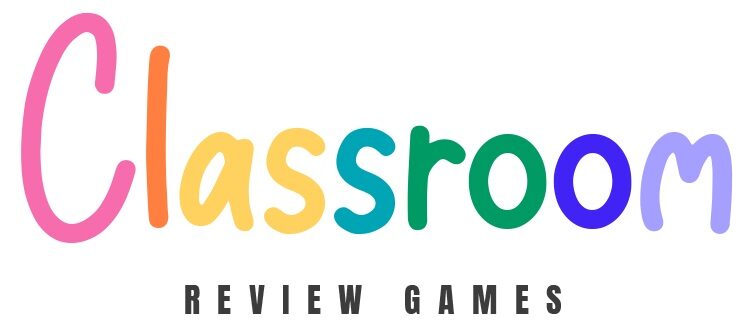Interactive Learning Examples
Interactive learning is when you learn by doing things and having fun, like playing games, doing experiments, or going on exciting adventures to discover new things. It’s learning while having a great time!
Example 1: Imagine you are learning about a new plant in a science class. Instead of just reading about it in a book, you go to a garden. In the garden, you get to touch the soil, smell the flowers, and even plant your own seeds. A teacher or expert explains how plants grow, and you can ask questions and see it all happening right in front of you. This is interactive learning because you are actively involved in the learning process by doing things and experiencing them firsthand, making it a fun and memorable way to learn about plants!
Example 2: In a language class, instead of just listening to the teacher or reading from a textbook, students pair up and have conversations using the new words and phrases they are learning. This interactive method helps them become more comfortable and skilled in speaking the language.
In other words, interactive learning is an educational approach or process in which learners actively engage with the content, materials, or tasks, often through direct participation, collaboration, and feedback.
Here are some key characteristics of interactive learning:
Active Engagement
Active engagement in interactive learning means that students are actively involved in the learning process rather than passively receiving information. It requires them to participate, question, think critically, and interact with the subject matter. Instead of simply listening to lectures or reading textbooks, students may engage in activities like hands-on experiments, problem-solving exercises, or discussions where they actively contribute their thoughts and ideas. This active participation helps learners to better understand and retain the material because they are more deeply engaged with it, and it often leads to a more enjoyable and fulfilling learning experience.
Collaboration
Collaboration is a fundamental component of interactive learning. It involves students working together with their peers to achieve a common goal or to solve problems. Through collaborative activities, students can gain different perspectives, learn from one another, and develop essential skills like communication, teamwork, and negotiation. These collaborative experiences can take various forms, such as group projects, brainstorming sessions, debates, or peer teaching. Collaborative learning fosters a sense of community and can enhance the learning process by promoting active discussion and the exchange of ideas.
Feedback
Feedback is a crucial element in interactive learning as it provides learners with information about their performance and understanding. This feedback can come from various sources, including teachers, peers, or self-assessment tools. Effective feedback helps students identify their strengths and areas for improvement, allowing them to make necessary adjustments to their learning strategies. In interactive learning environments, feedback is often provided in real-time, which enables learners to track their progress and make immediate corrections. This immediate feedback loop aids in deeper comprehension and encourages a growth mindset, where learners view mistakes as opportunities for improvement.
Application
Interactive learning places a strong emphasis on the practical application of knowledge and skills to real-world situations. Instead of memorizing facts or theories in isolation, learners are encouraged to apply what they’ve learned to solve practical problems or address relevant challenges. This application-oriented approach helps students see the direct relevance of their learning and how it can be used to solve real-life issues. By bridging the gap between theory and practice, interactive learning makes education more meaningful and prepares students for success in their future careers and everyday life.
Technology Integration
Technology plays a significant role in facilitating interactive learning. Various digital tools and platforms are used to enhance the learning experience. These can include online simulations, interactive software, discussion forums, virtual labs, and more. Technology provides learners with access to a vast array of resources, enables collaboration and communication with peers and instructors, and offers opportunities for interactive exercises and assessments. The integration of technology also allows for flexible and personalized learning experiences, catering to the diverse needs and preferences of individual learners. It expands the possibilities for engagement and interaction beyond traditional classroom boundaries.

